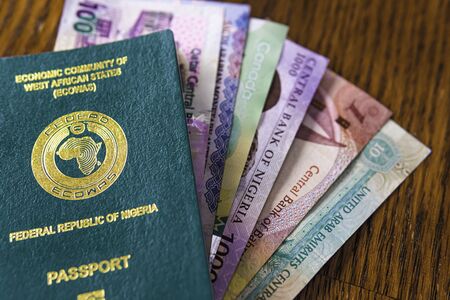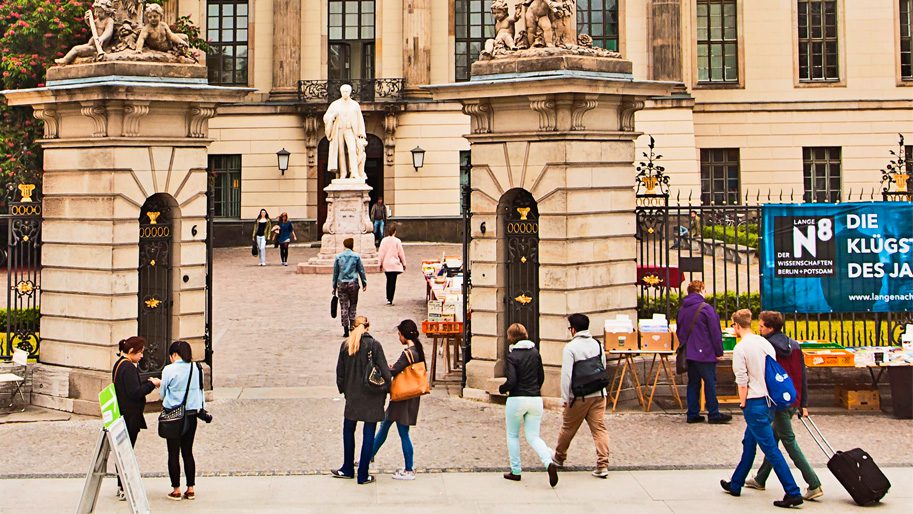Do you want to start your Schengen visa application in Nigeria? I know that applying for a Schengen visa can be quite stressful, especially if you are unsure about the process.
Well, you’re not alone. After helping many people apply for a Schengen visa, I have decided to write this comprehensive guide on how to apply for a Schengen visa application from Nigeria (step by step).

In all honesty, understanding how the Schengen visa application process works and what is expected of you will make the process less stressful and increase your chances of being granted a visa to enter any of the Schengen countries.
In fact, the process I will show you is easy to follow whether you are 20 years old or 60 years old.
However, if you need help with your Schengen visa application or you are probably running short of time, you can reach out to me via the contact us section above on my website. I will prepare the application for you for a small service fee to save you time and effort. → Click here to contact me! ←
Table of Contents
- 1 How do I apply for a Schengen visa for the first time?
- 1.1 #Step 1: Figure out which Schengen visa type you need
- 1.2 #Step 2: Prepare the Necessary Documents
- 1.3 #Step 3: Book a Schengen Visa Appointment
- 1.4 #Step 4: Download Visa Application Form and Fill It
- 1.5 #Step 5: Attend the Schengen Visa Appointment
- 1.6 #Step 6: Pay the Visa Fee
- 1.7 #Step 7: Wait on a decision on your visa Application
- 2 How much bank balance is required for a Schengen visa application in Nigeria?
How do I apply for a Schengen visa for the first time?
Of course, if you are right here on this platform, chances are that you want to learn how to apply for a Schengen visa or perhaps apply for it by yourself for the first time. Therefore, you need the right information, which I am about to share with you.
So, if you need to apply for a visa to any country in Europe, follow the steps below to start your Schengen visa application process.
#Step 1: Figure out which Schengen visa type you need
Now, the first thing you want to do is to figure out which Schengen visa type you need. Depending on the purpose of travel, you can apply for a Transit visa, Tourism visa, Study visa, Business visa, or any other Schengen visa that fits the purpose of travel to the Schengen area.
#Step 2: Prepare the Necessary Documents
After choosing the appropriate visa, you want to find out all the required documents you need to apply for a Schengen visa.
In fact, before you even bother going to the embassy or booking an appointment for a visa, make sure you check the list of things that are required of you on the official website of the country that you want to visit.
Some of the documents you need include:
- Valid international passport
- A photograph that is not more than six months
- Medical travel insurance (with a minimum coverage of €30,000)
- Flight Itinerary
- Hotel Reservation
- Proof of visa fee
- Proof of sufficient funds to support yourself
- A Schengen visa cover letter
*Please ensure that you visit the official website of the embassy or consulate of the country you wish to visit for a comprehensive list.
#Step 3: Book a Schengen Visa Appointment
At this stage, you should schedule a Schengen visa appointment in order to proceed with your application.
Most Schengen countries allow you to book an appointment online. While in others, you will need to book an appointment in person at the consulate or embassy of your destination country.
To schedule a Schengen visa appointment online, go to the website of the embassy or consulate where you intend to apply and look for a link to book your appointment.
If you need to book an appointment via phone or email, you can search for the embassy or consulate’s contact information on their website or by calling their customer service line.
#Step 4: Download Visa Application Form and Fill It
When you have scheduled an appointment and are sure that you have all the necessary documents listed above, the next thing is to download the application form and fill it out correctly.
Do not forget to supply genuine information, as false information will lead to denial. In addition, be prepared for questions ranging from reasons for travel, financial strength, ties to your home country, and other details regarding your trip.

*Please note that the application form always looks like the image above. You should check with the consulate or embassy of your destination country for a link to download the form.
#Step 5: Attend the Schengen Visa Appointment
On the day of your appointment, you will hand over your documents to a consular officer before going through an interview process.
The interview process normally last for about 15 to 20 minutes. The interview is intended to establish the legitimacy of your intentions to visit and to confirm that you are a genuine visitor.
As stated earlier, it’s critical to answer questions truthfully and precisely because supplying misleading information can result in your visa application being rejected.
#Step 6: Pay the Visa Fee
At this stage, you will need to pay a non-refundable visa fee when applying for a Schengen visa in order for your visa application to be processed. Currently, the visa fee costs €80 (₦67,820) for adults and €40 (₦33,910) for kids aged 6 to 12.
Note: When you make the payment, make sure you get a receipt. Some embassies may require you to pay the visa fee before attending your interview. So, make sure you contact the embassy before you complete this step.
#Step 7: Wait on a decision on your visa Application
Wait until you get a response on your visa application. The processing time for a Schengen visa usually last 15 days; there are times when this process takes quite much longer.
If your Schengen Visa application is approved, you will receive a visa sticker in your passport. The sticker will show the visa type, validity dates, and number of entries allowed.
Please, carefully study the sticker to ensure that all the information is correct because if you overstay in the Schengen Area, there will be consequences.
How much bank balance is required for a Schengen visa application in Nigeria?
Another question that gets asked often is how much is the bank balance for a Schengen visa in Nigeria?
To be eligible to apply for a Schengen visa, one of the most important requirements is showing you have enough funds to cover your travels and stay in the country of destination.
The best way to show you have the necessary funds for a Schengen visa is to provide copies of your bank statements or bank balance to the embassy or consulate.
As such, you must demonstrate to the embassy or consulate that not only are all costs covered by you (or a sponsor) but also that you have ties to your home country, e.g., you own a business or are employed.
Generally, the amount is calculated per day to the number of days you wish to spend. The amount of money you need for your Schengen visa varies depending on the country you want to visit, as listed below:
- Austria – at least €100 per day
- Belgium – a minimum of EUR 95
- Czech Republic – €127.40
- Czechia – €70 per day
- Denmark – €67.17 per day
- Estonia – €130.80 per day
- Finland – at least €30 per day for the duration of your stay
- France – €120 per day
- Germany – at least €45 per day
- Greece – at least €50 per day
- Hungary – €26.95 per day in financial means
- Iceland – €53.36 per day
- Italy – €27.89 per day
- Latvia – at least €14 per day of stay
- Liechtenstein – €102.48 per day in your bank account
- Lithuania – at least €40 per day
- Luxembourg – €67 per day
- Malta – at least €48 per day
- The Netherlands – €55 per person per day
- Norway – €43.33 per day
- Poland – €16.59 for each day
- Portugal – €40 per day
- Slovakia – €56 per person per day
- Slovenia – €70 per day
- Spain – a minimum of €100 per day
- Sweden – €40.12 per day
- Switzerland – €102.48 per day









